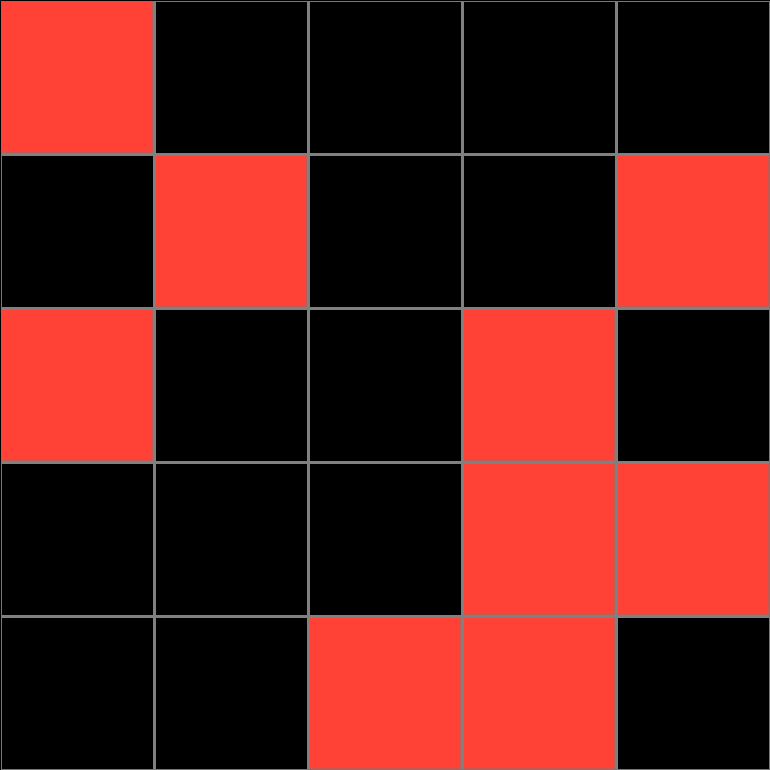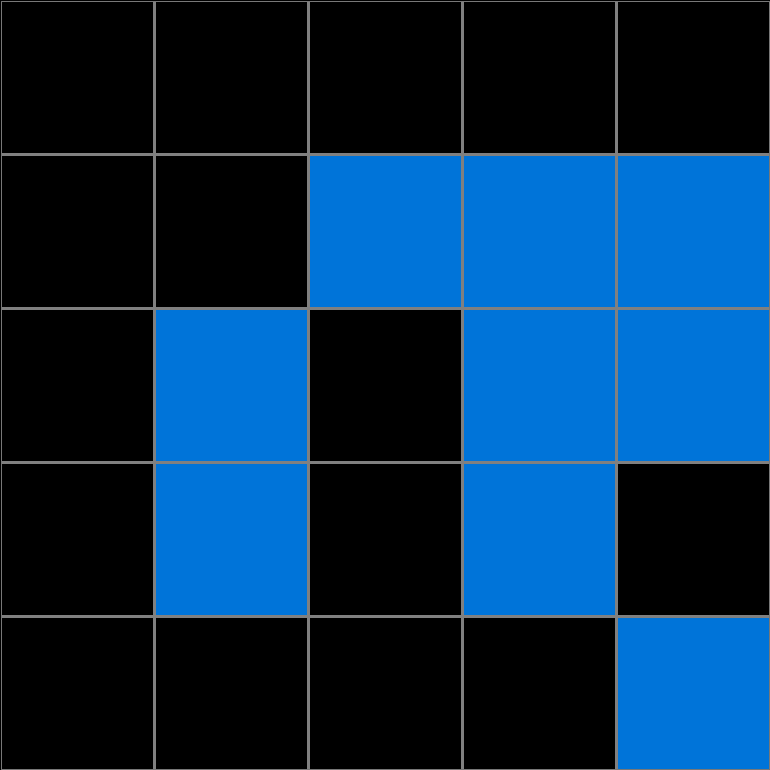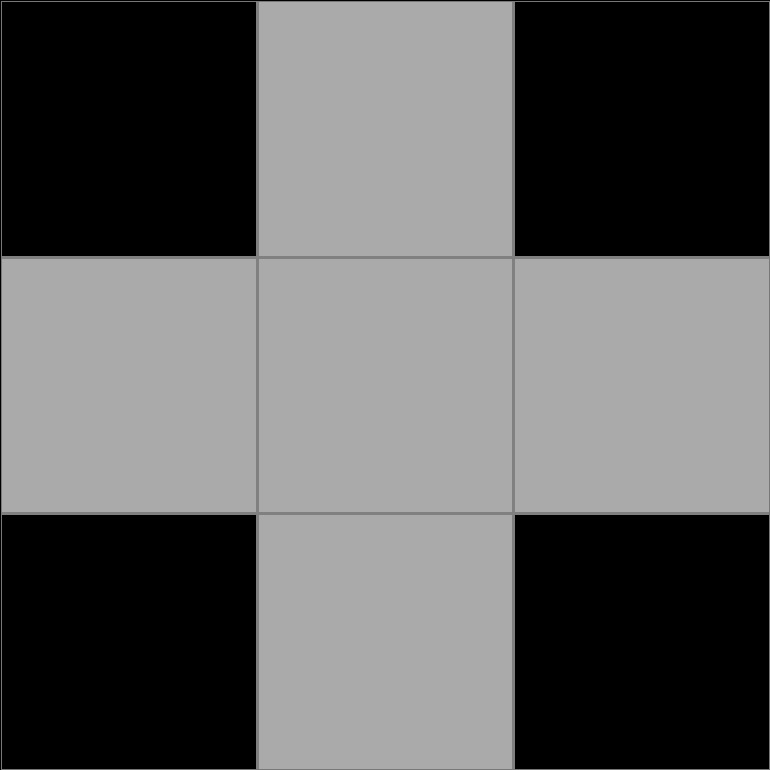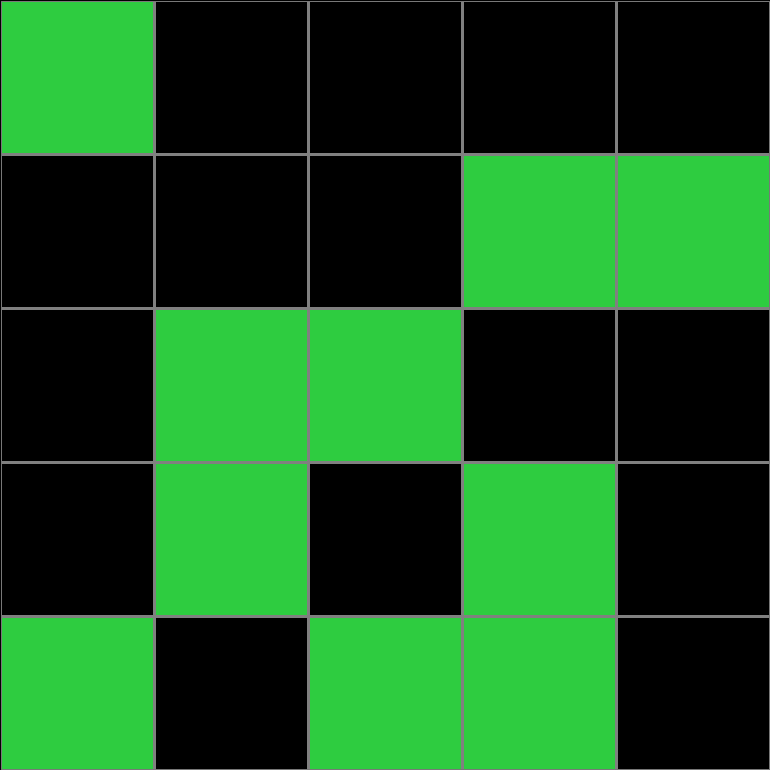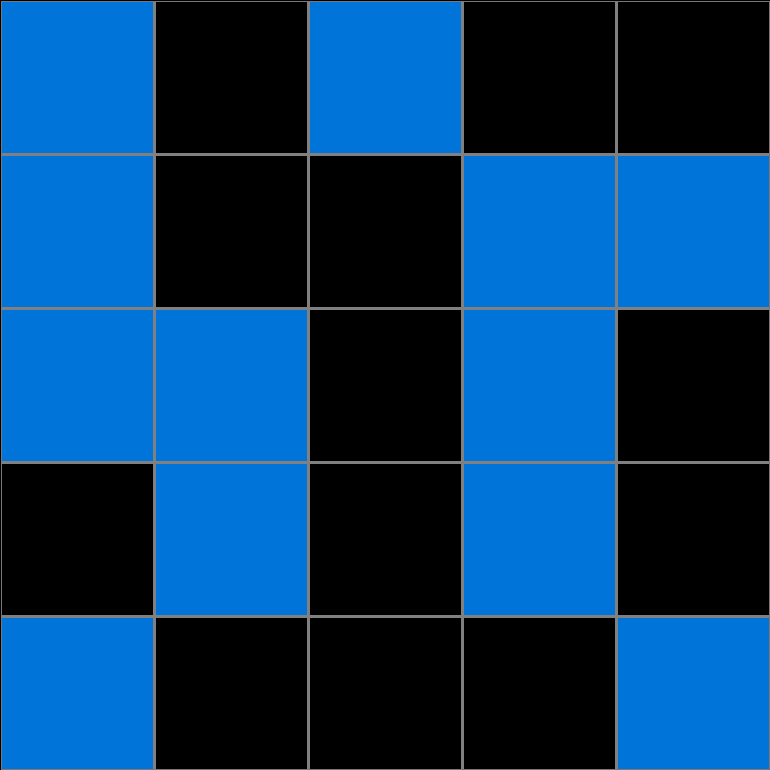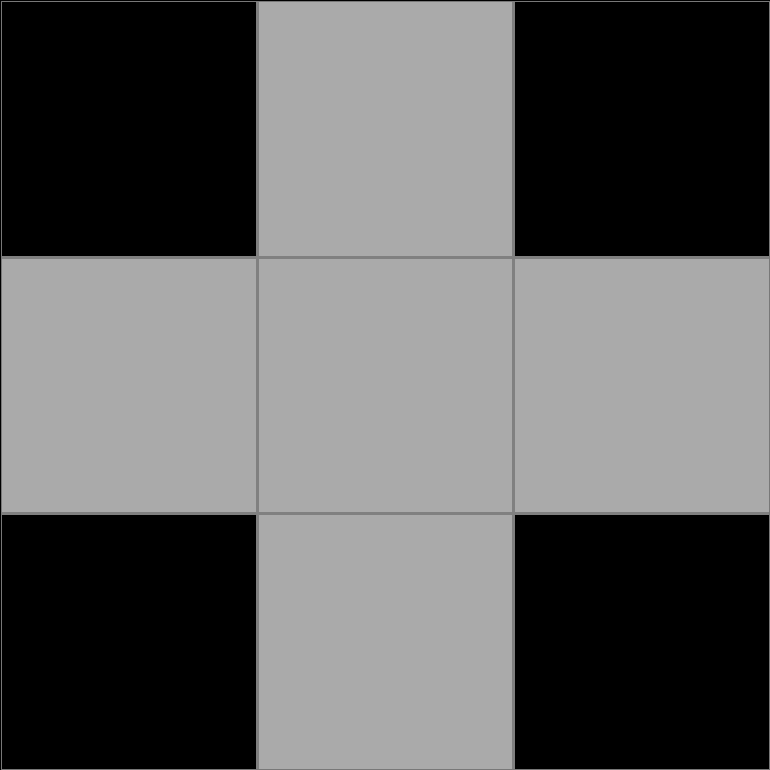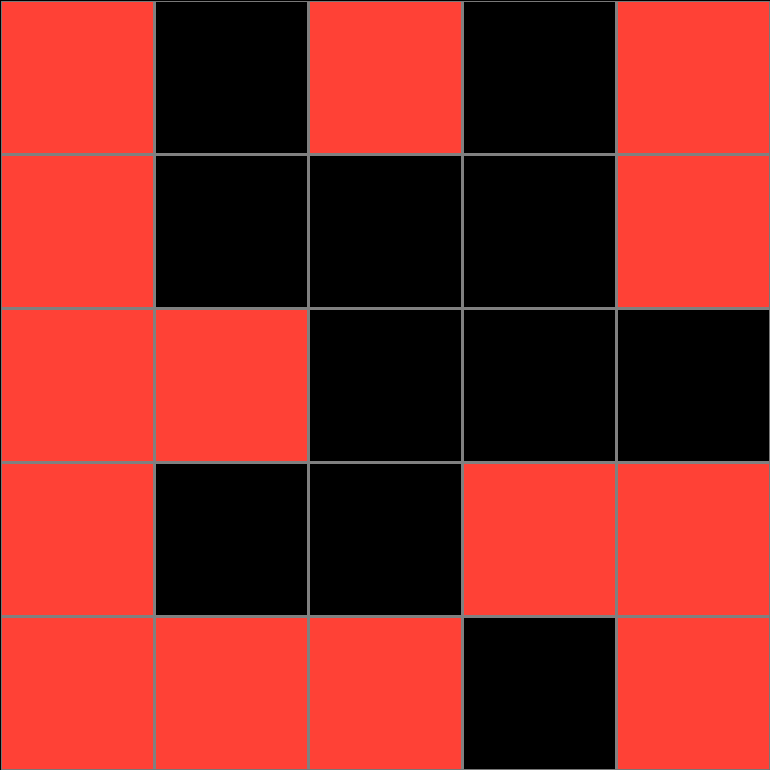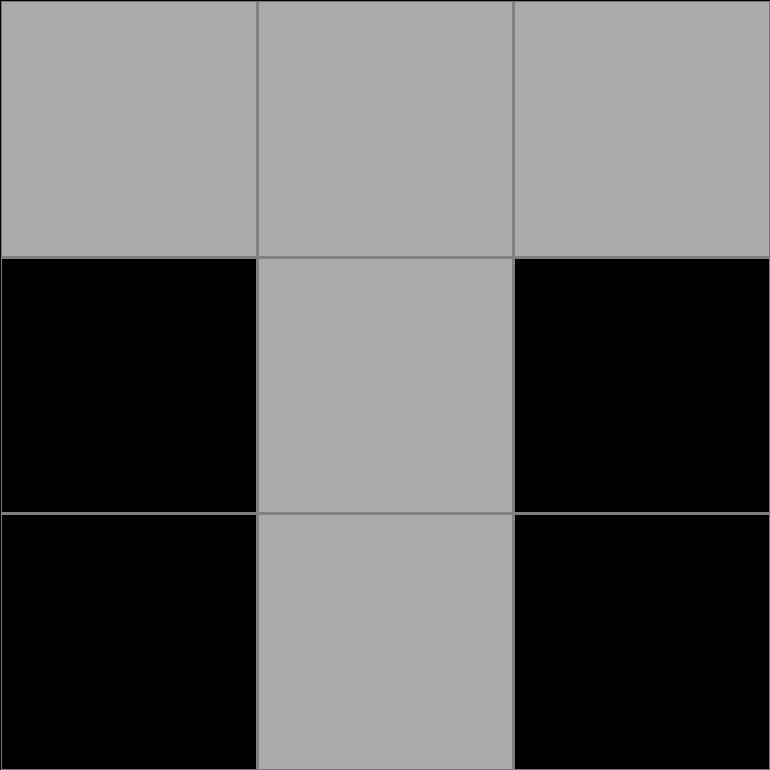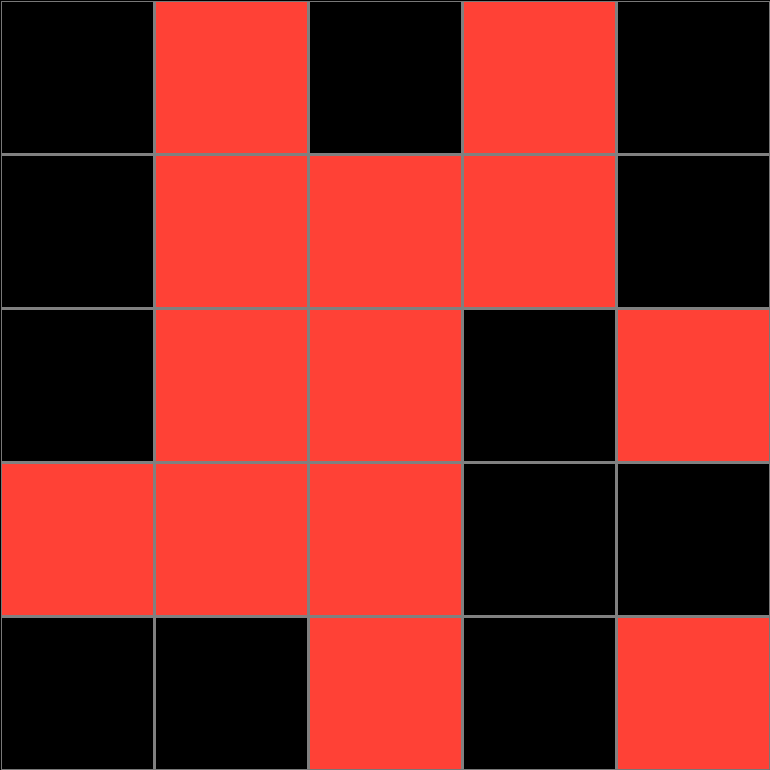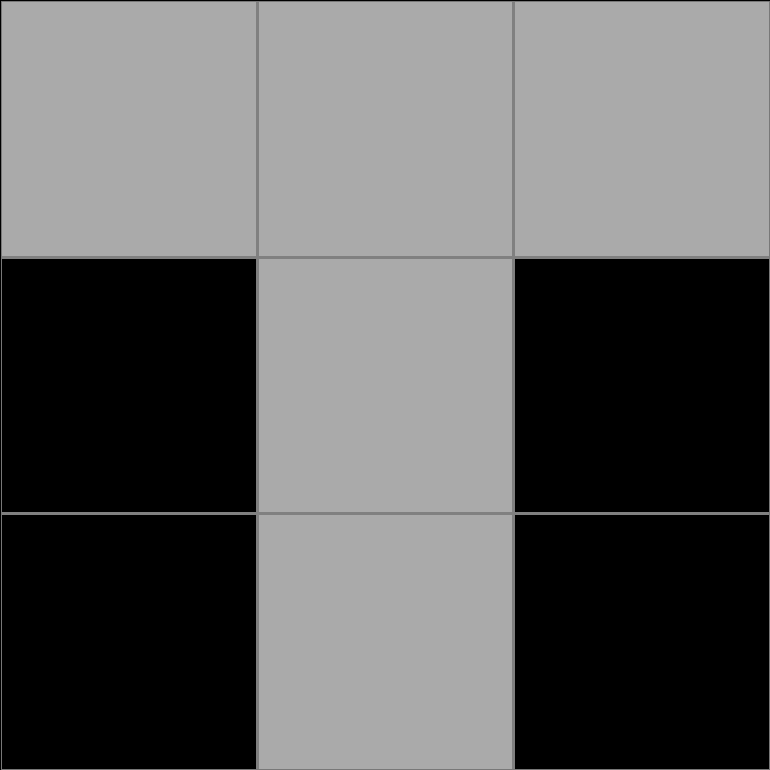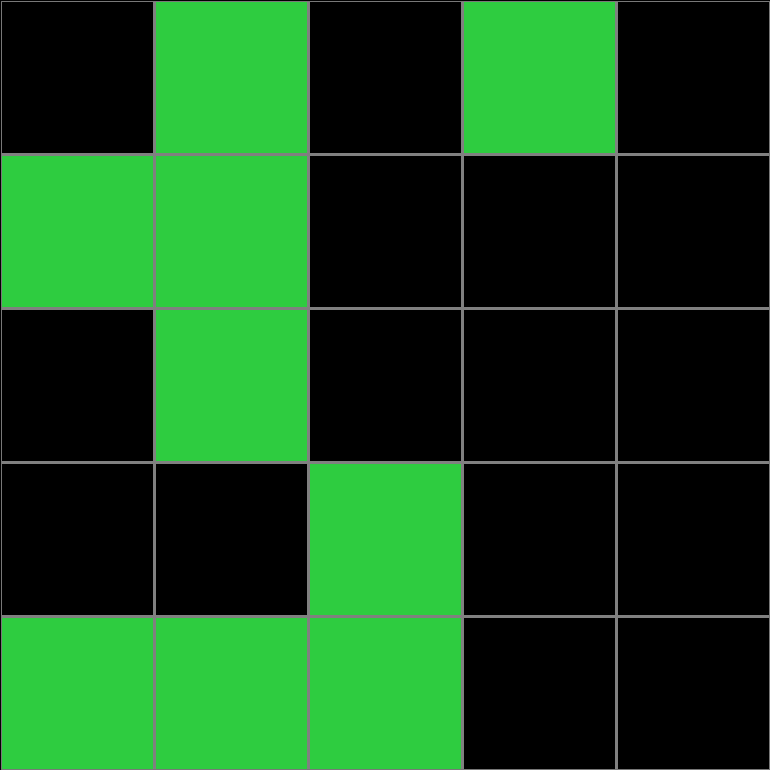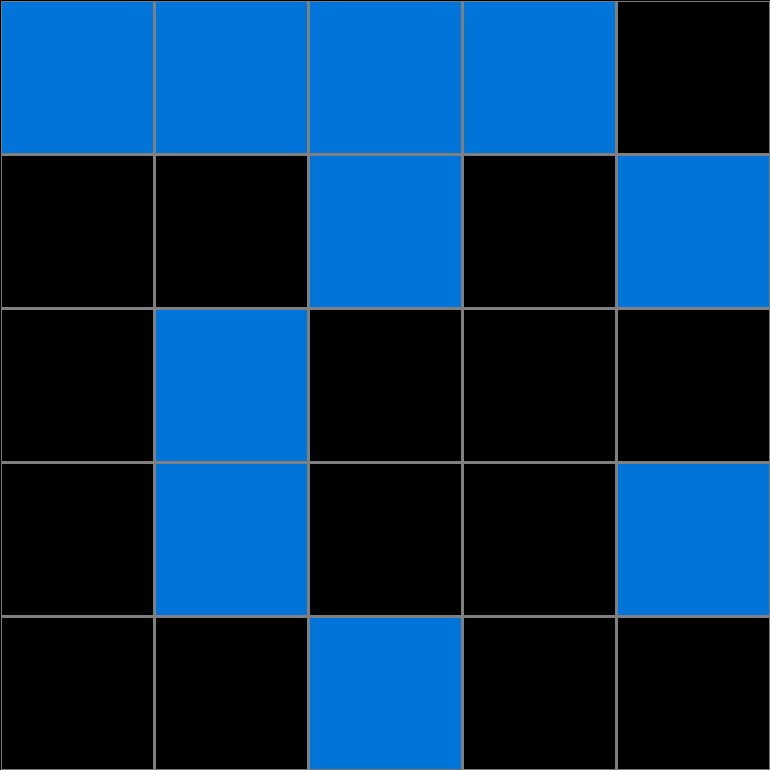Participant 1
Initial description: sorry
Final description: i have understand given input and then do it.
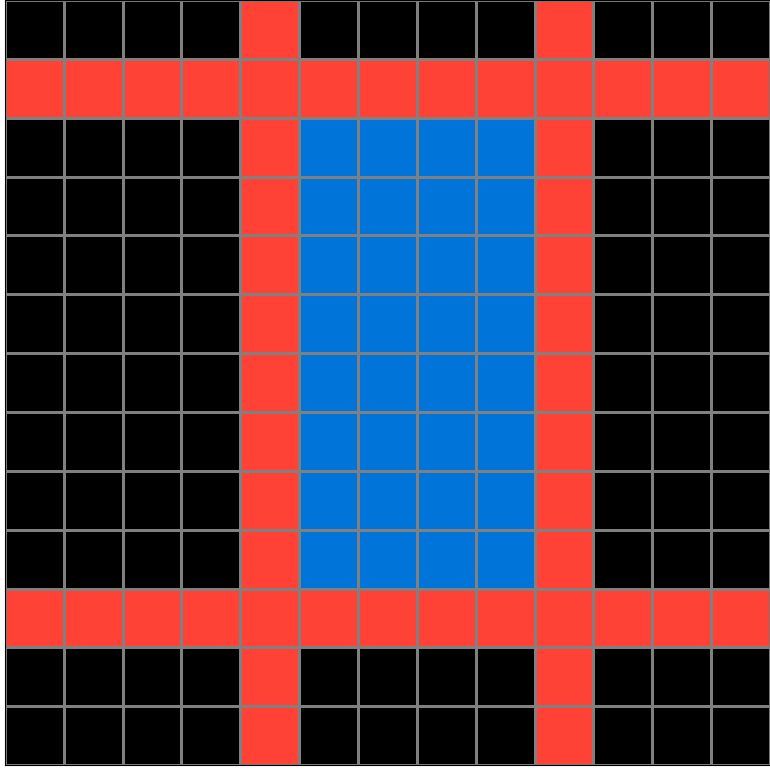

Participant 2
Initial description: Starting at the center square there was a couple of things to look for. It a square was made using the center square then that would result in a square in the output.
Final description: If the tiles are blue you should use the output shown for the blue tiles.
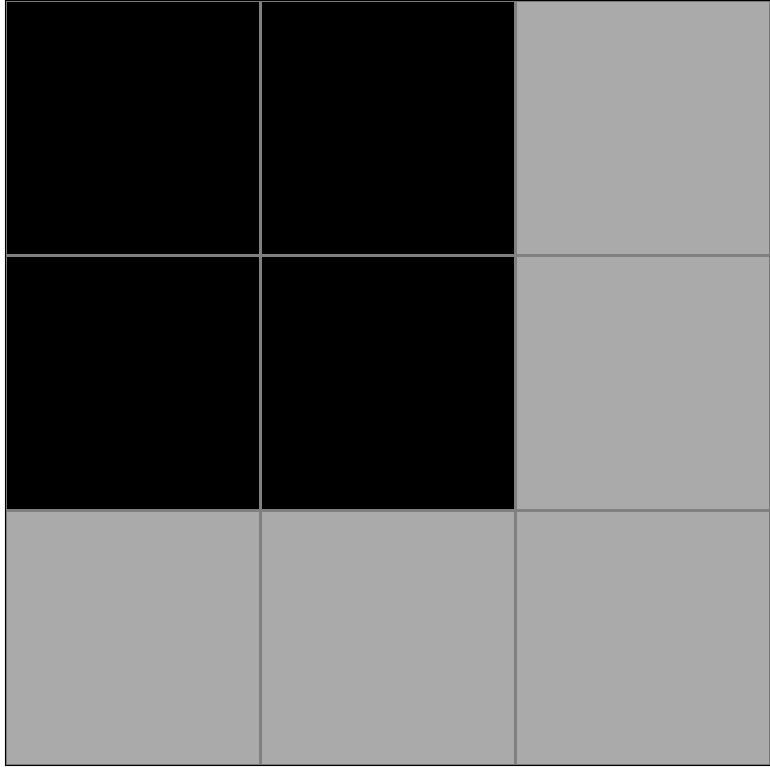
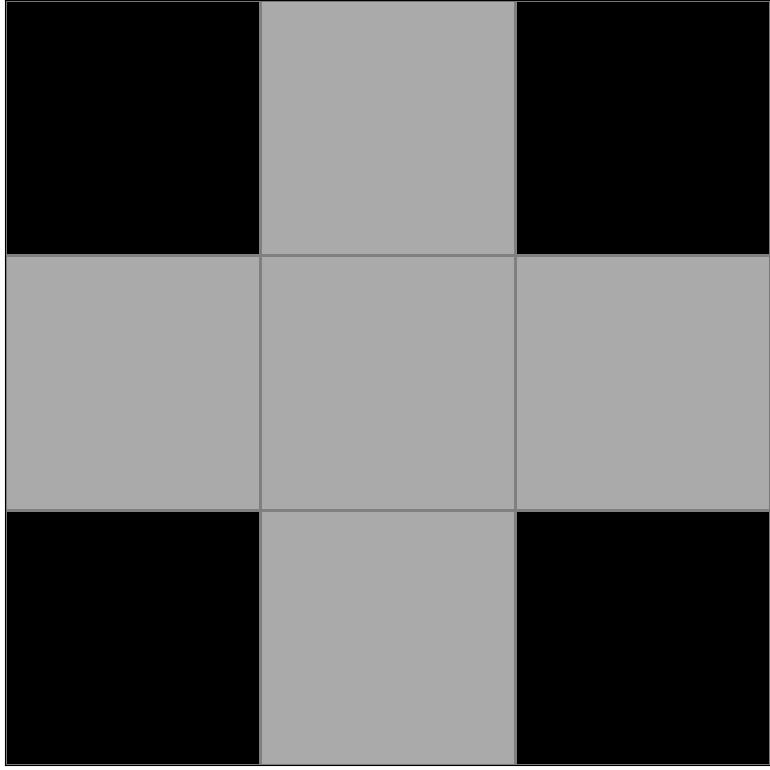
Participant 3
Initial description: there was a box of 4 black squares in the input and it appeared that if there was that pattern in any tests then my output was the right shape
Final description: I only had one option of the test outputs that fit the pattern of the input that I was given
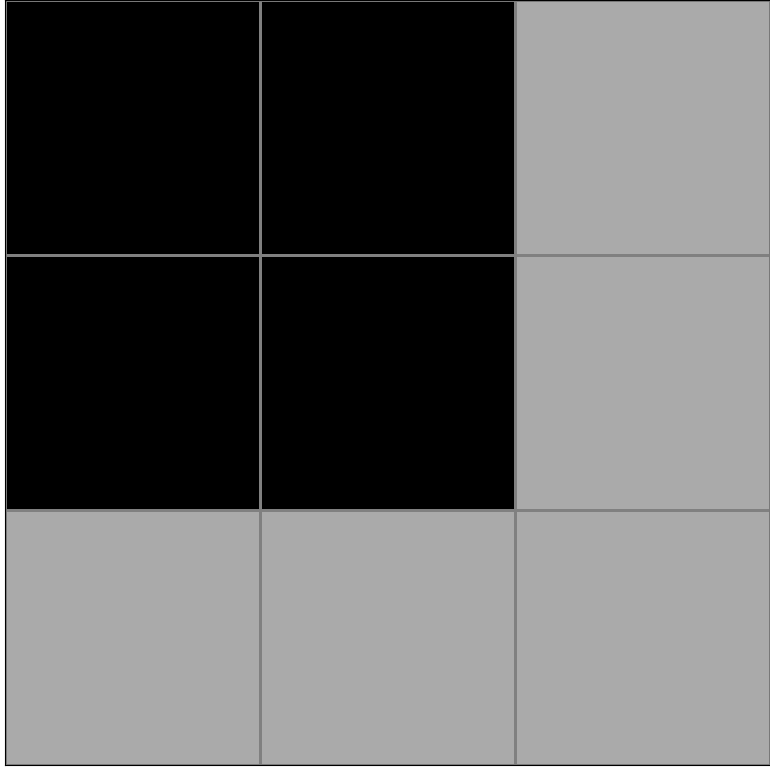
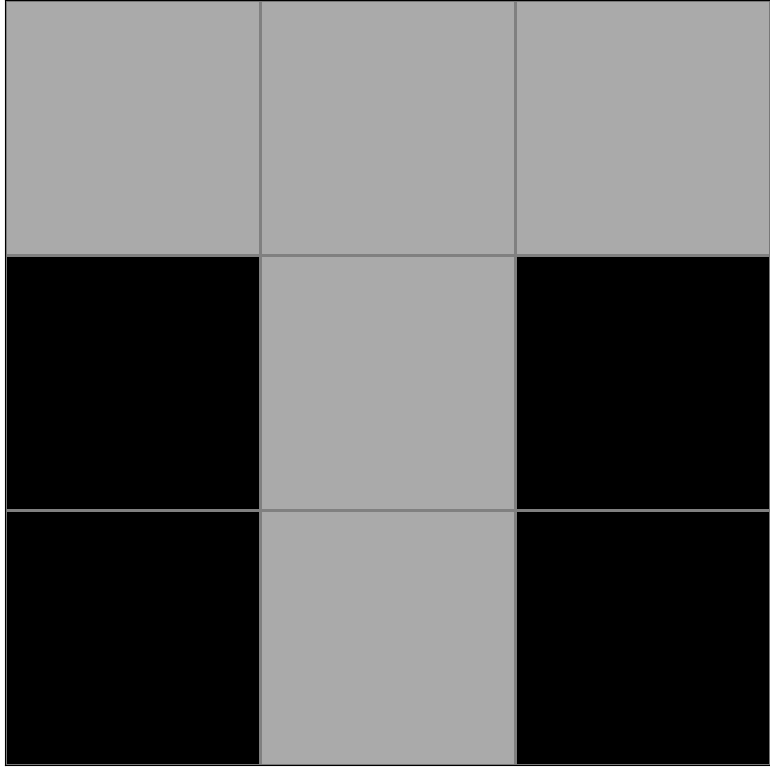
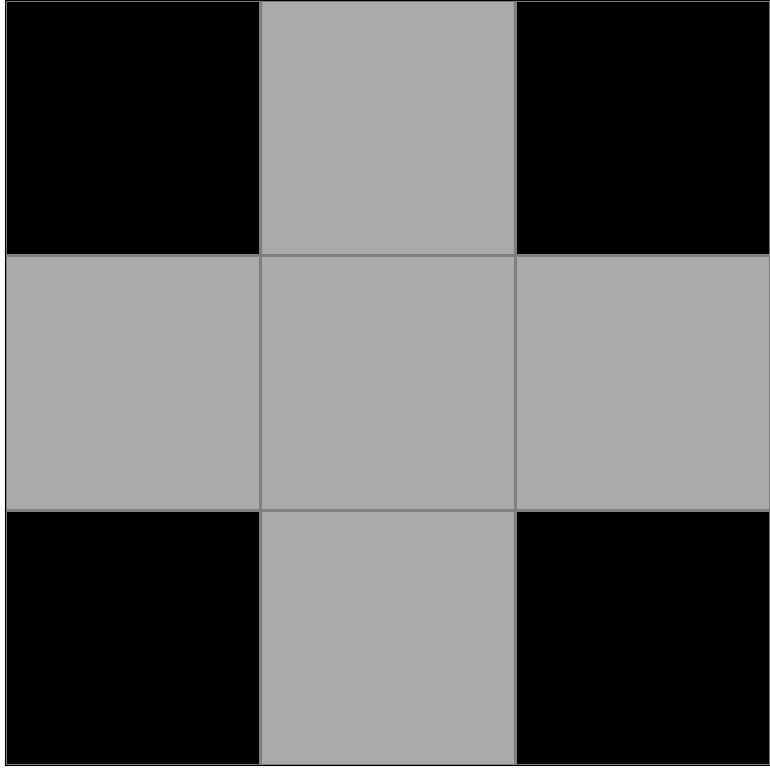
Participant 4
Initial description: Change the grid size to 3 x 3, and change any remaining colored squares to gray.
Final description: I thought the rule was to change the grid to 3 x 3, and change the remaining squares to gray. I can see that a more simple shape than the input is the final answer, but don't know how that shape is arrived at if it is not a result of making the grid 3 x 3.



Participant 5
Initial description: Blue patterns get a gray plus pattern.
Final description: Blue patterns get a gray plus pattern.
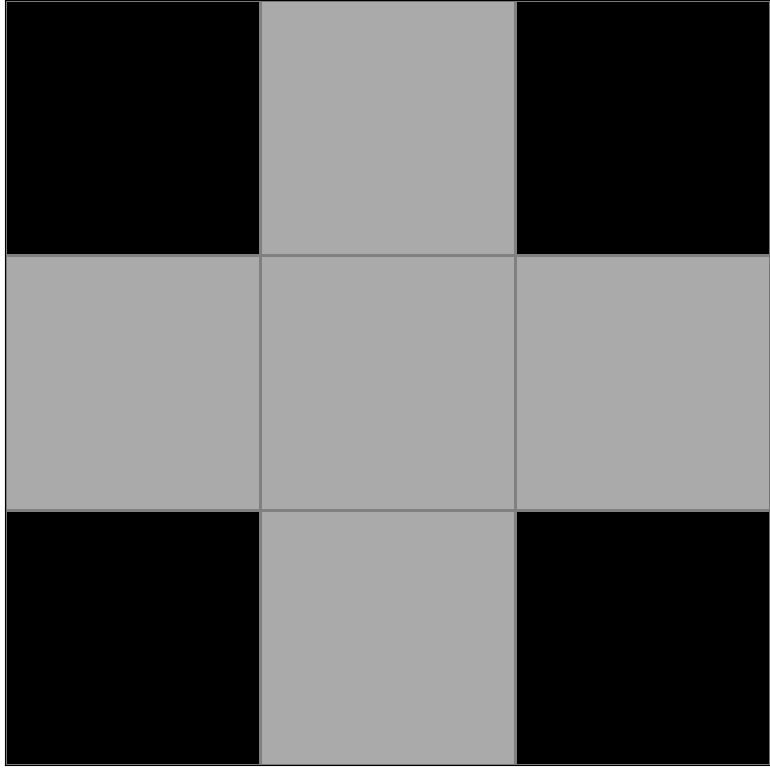
Participant 6
Initial description: If the input squares are blue, the output should be a gray cross in a 3x3 grid.
Final description: If the input squares are blue, the output should be a gray cross in a 3x3 grid.
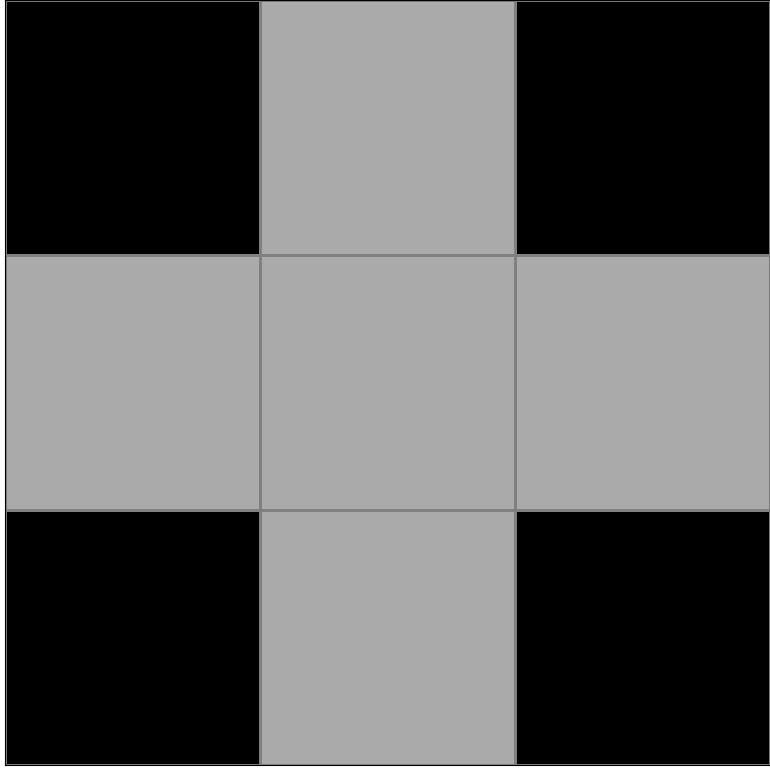
Participant 7
Initial description: If the blocks in the test input are colored light blue, the result is a cross shape in the output.
Final description: If the blocks in the test input are colored light blue, the result is a cross shape in the output.

Participant 8
Initial description: For an input with blue squares, the output is black on the corners, and gray in the middle portions.
Final description: For an input with blue squares, the output is black on the corners, and gray in the middle portions.
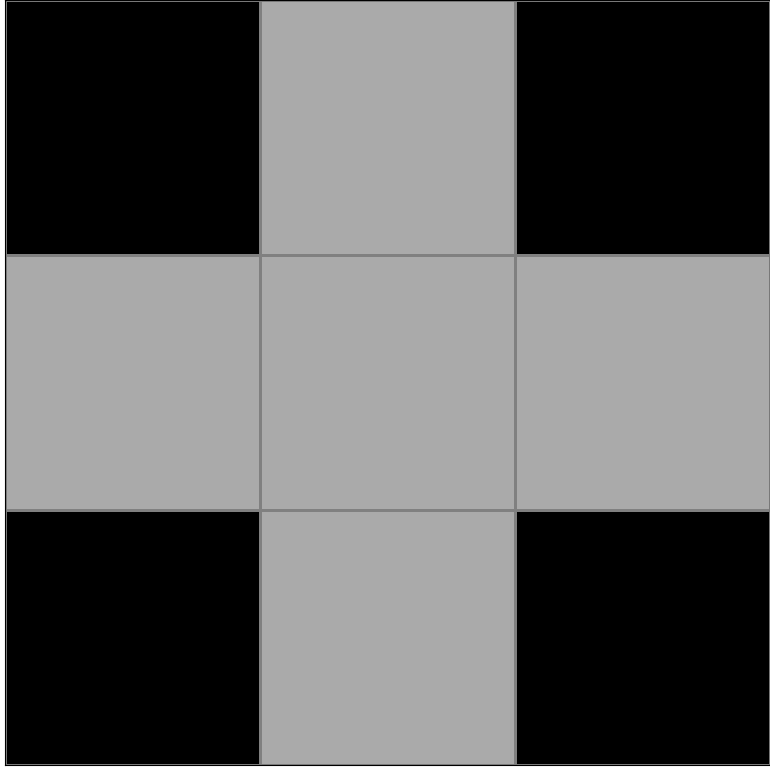
Participant 9
Initial description: If the input grid contains blue blocks create a plus sign in a 3x3 grid using grey blocks. If the input grid contains red blocks create a T shape in a 3x3 grid using grey blocks. If the input grid contains green blocks fill in the bottom and right side of a 3x3 grid using grey blocks.
Final description: If the input grid contains blue blocks create a plus sign in a 3x3 grid using grey blocks. If the input grid contains red blocks create a T shape in a 3x3 grid using grey blocks. If the input grid contains green blocks fill in the bottom and right side of a 3x3 grid using grey blocks.
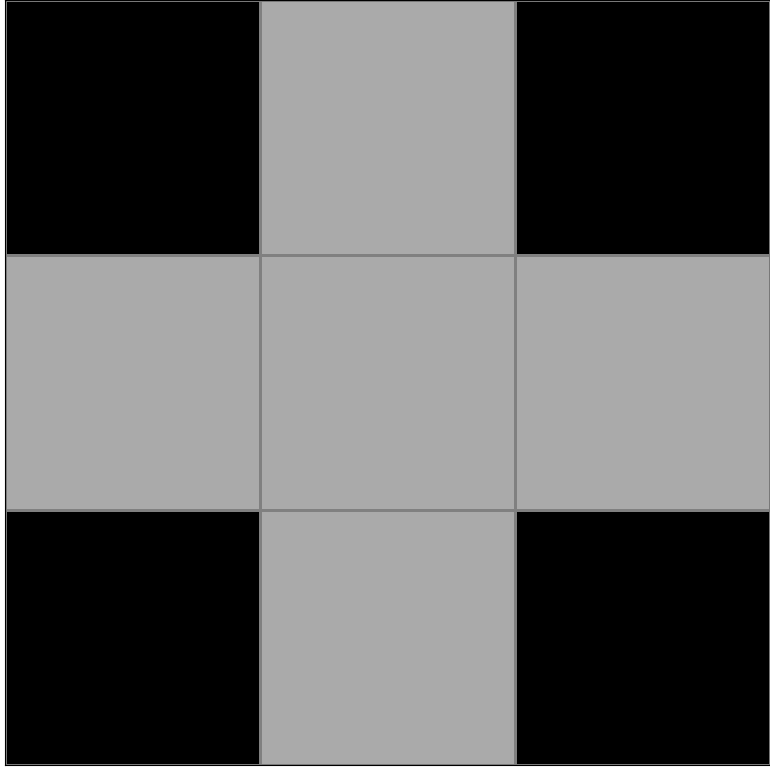
Participant 10
Initial description: Each shape corresponds to an output shape based on its color.
Final description: Each shape corresponds to an output shape based on its color.

Participant 11
Initial description: It is either a T shape, a cross shape, or a backwards L shape in a 3x3 block.
Final description: It is either a T shape, a cross shape, or a backwards L shape in a 3x3 block.

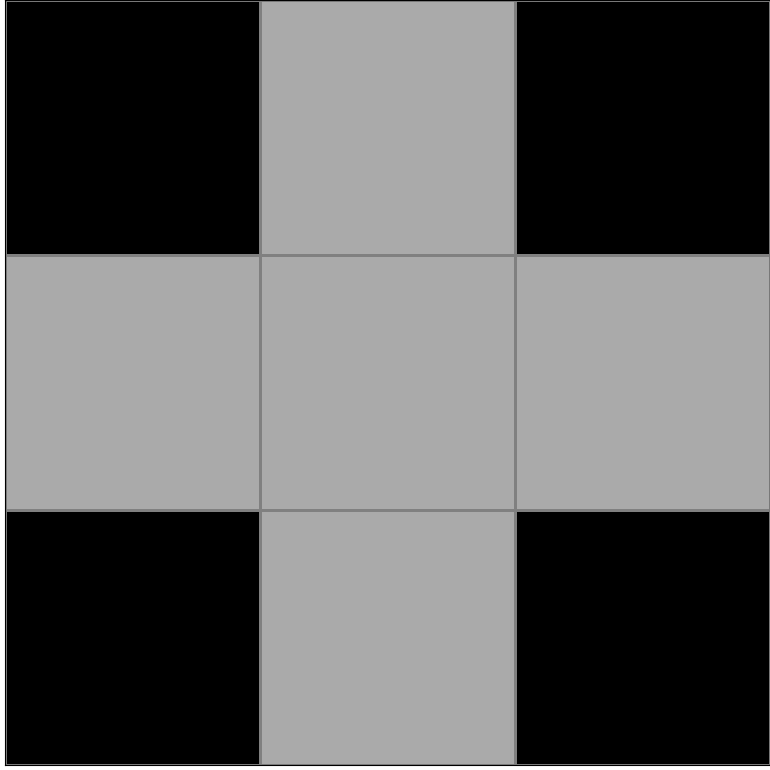
Participant 12
Initial description: very interest
Final description: no

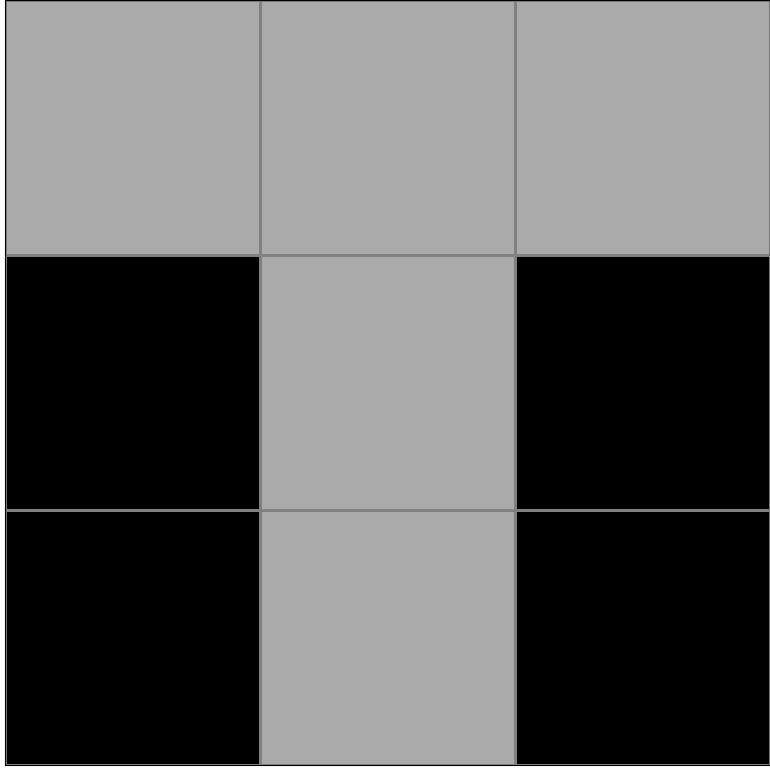
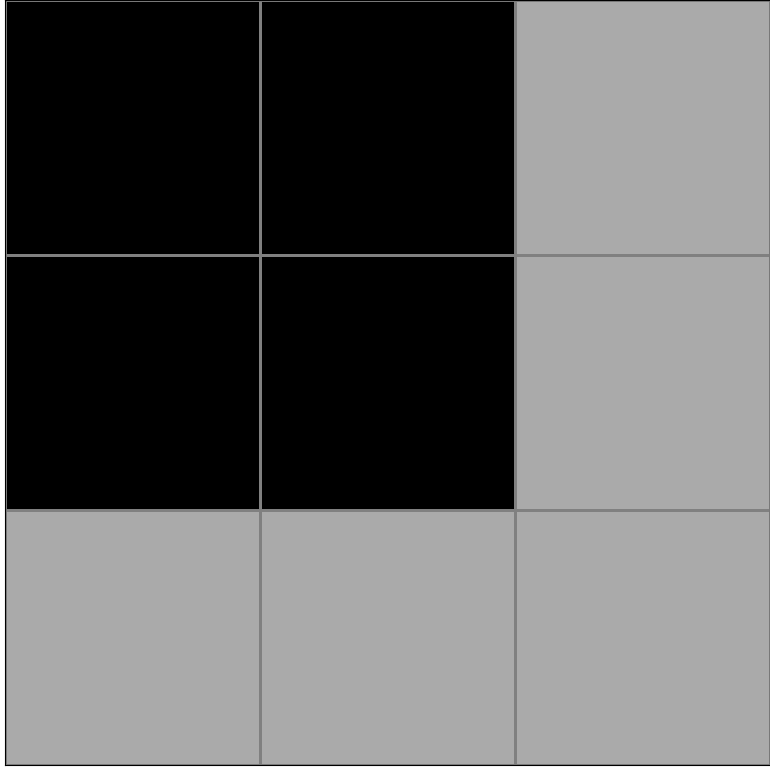
Participant 13
Initial description: Inputs with red-colored squares transform into outputs with a 3x3 grid with a grey T-shaped pattern. Inputs with blue-colored squares transform into outputs with a 3x3 grid with a grey cross pattern. Inputs with green-colored squares transform into outputs with a 3x3 grid with a grey reverse-L pattern.
Final description: Inputs with red-colored squares transform into outputs with a 3x3 grid with a grey T-shaped pattern. Inputs with blue-colored squares transform into outputs with a 3x3 grid with a grey cross pattern. Inputs with green-colored squares transform into outputs with a 3x3 grid with a grey reverse-L pattern.

Participant 14
Initial description: Copy the top 3X3 portion of the grid
Final description: Copy the bottom-right 3X3 portion of the grid.
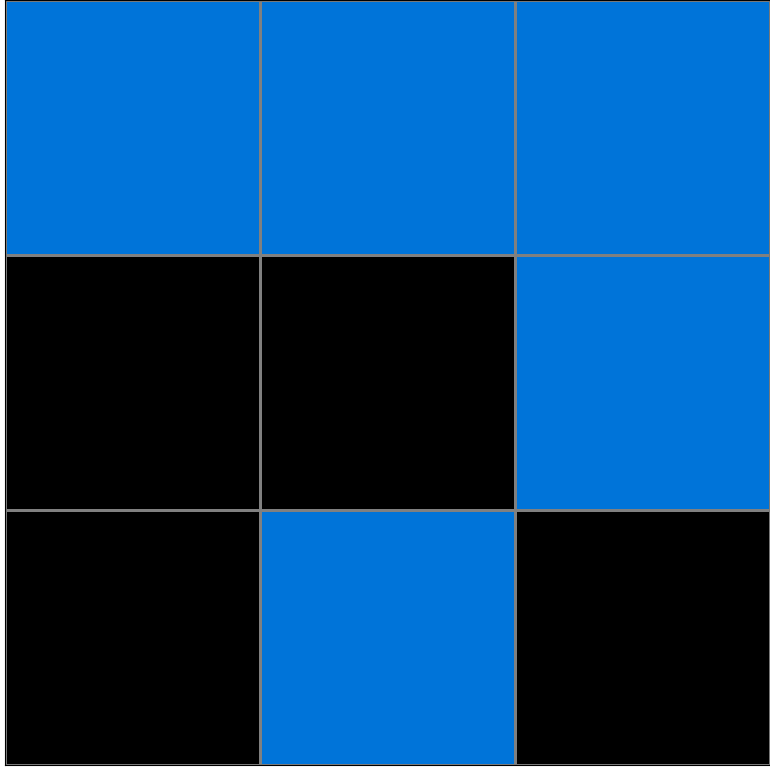
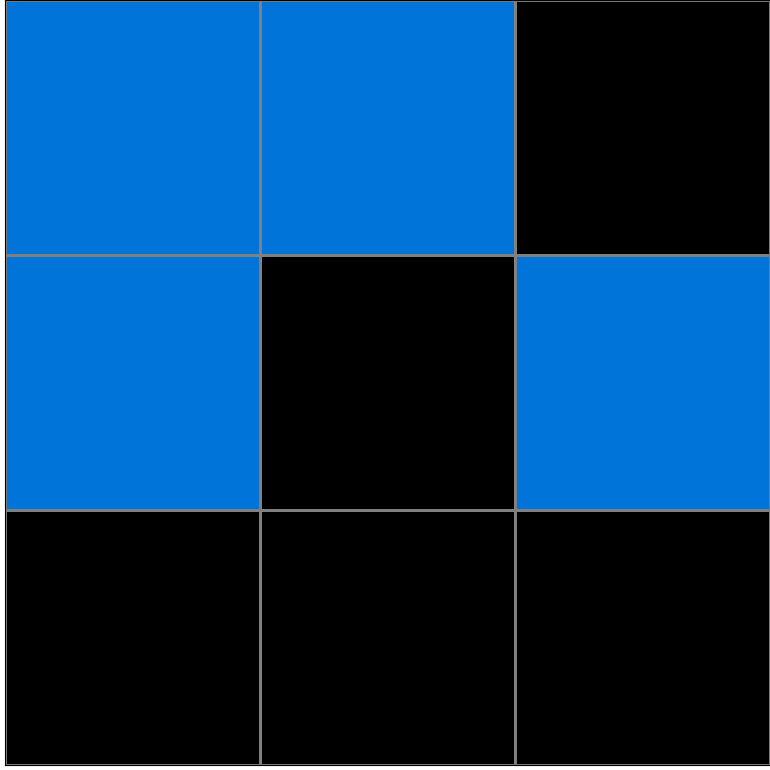

Participant 15
Initial description: The 5x5 grid becomes a 3x3 grid, and the output is a grey shape depending on the colors in the original input: A grey plus sign for blue, a grey T for red, and a backwards L for green.
Final description: The 5x5 grid becomes a 3x3 grid, and the output is a grey shape depending on the colors in the original input: A grey plus sign for blue, a grey T for red, and a backwards L for green.
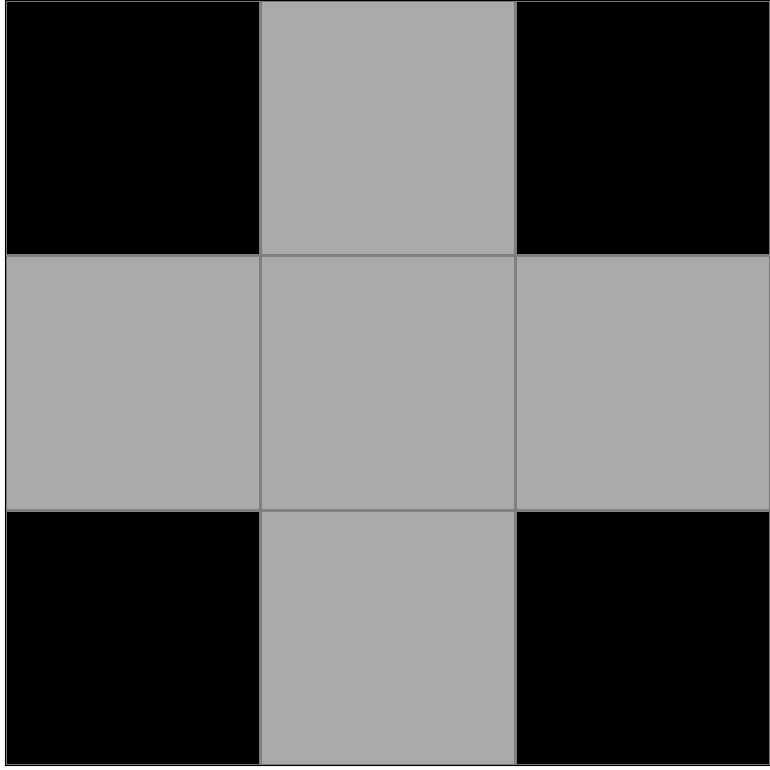
Participant 16
Initial description: I think the rule is by color. Blue gets a grey cross. Green gets a backward L. Red gets a T. However, I now see that I made the grid too large, and will correct it.
Final description: Make the output grid 3x3. The rule is by color. Blue gets a grey cross. Green gets a grey backward L. Red gets a grey T.

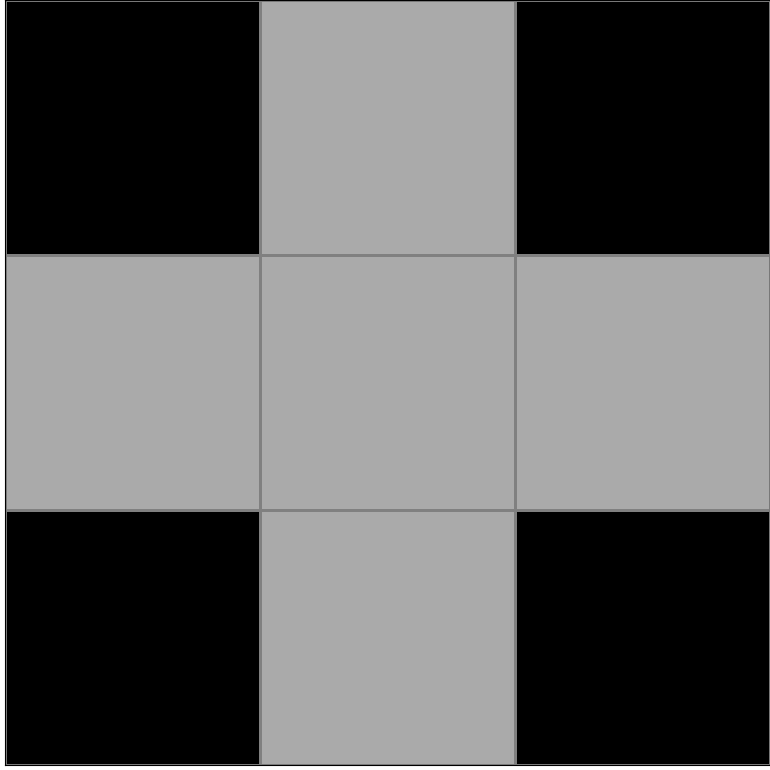
Participant 17
Initial description: I'm not exactly sure.
Final description: I reduce the grid to 3x3 and tried one of the three example output options. I think it's because the blue uses a specific pattern.
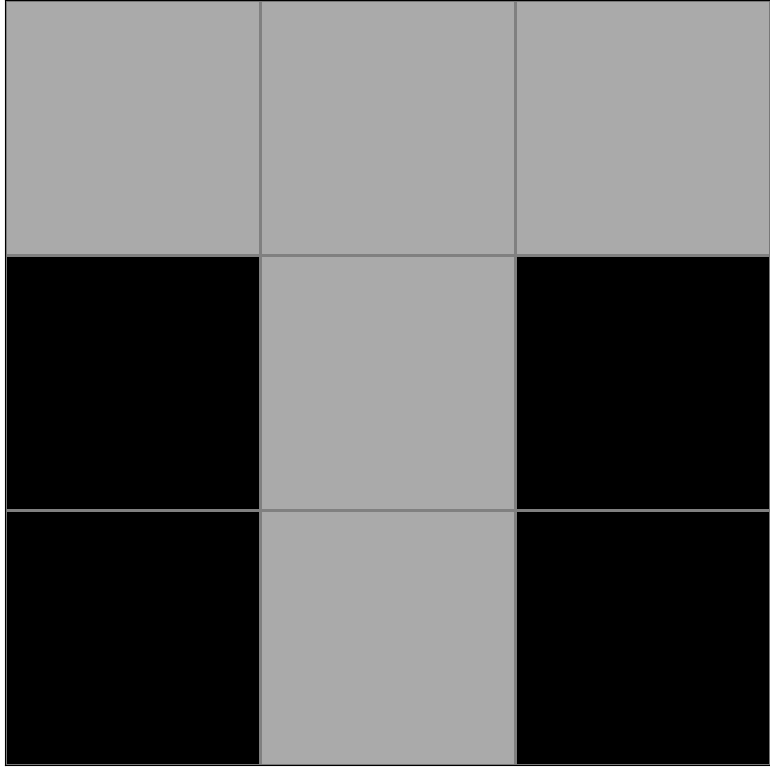
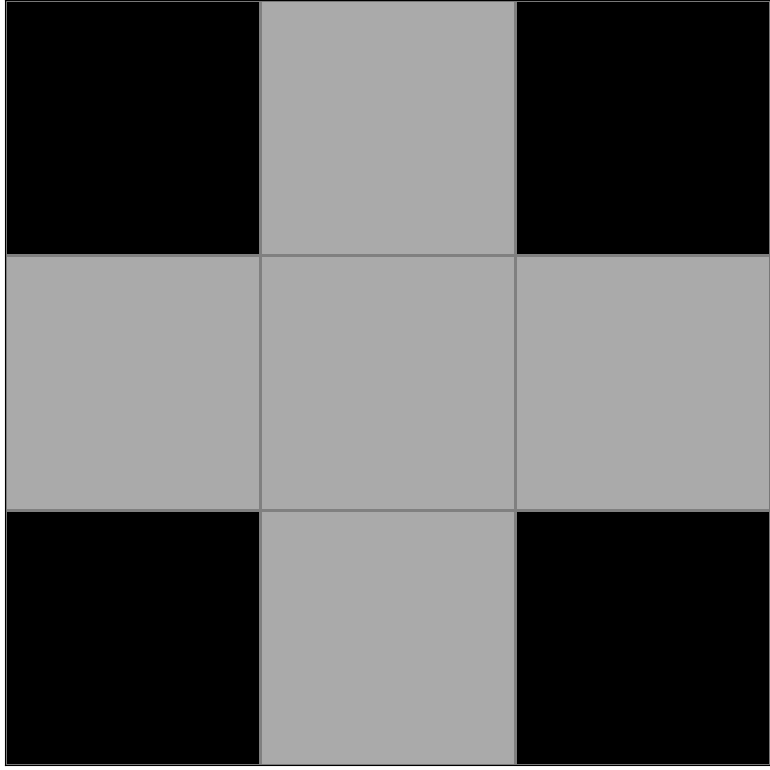
Participant 18
Initial description: Blue inputs output a grey cross.
Final description: Blue inputs output a grey cross.
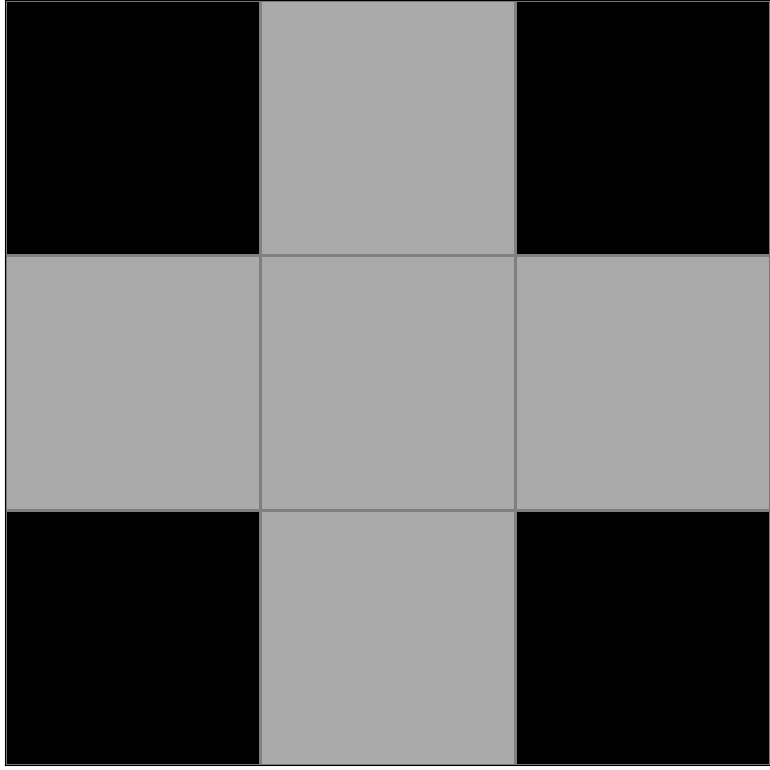
Participant 19
Initial description: If the example input has red squares, create a "T" 3x3 grid of grey squares. If the input has blue squares, create a "+" grid of grey squares. If the input has green squares, create a backwards L of grey squares.
Final description: If the example input has red squares, create a "T" 3x3 grid of grey squares. If the input has blue squares, create a "+" grid of grey squares. If the input has green squares, create a backwards L of grey squares.

